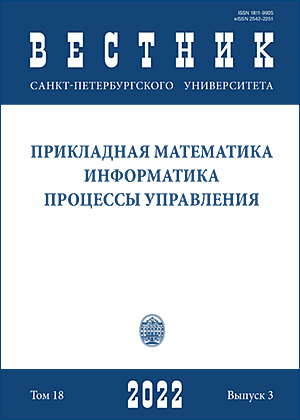Modeling the process of filling carbon nanocontainers with hydrogen
DOI:
https://doi.org/10.21638/11701/spbu10.2022.307Abstract
The problem of storing and transporting hydrogen in containers based on fullerenes and carbon nanotubes is relevant to hydrogen energy. This problem theoretically can be solved using quantum chemistry methods and powerful computer technology to calculate molecules with a large number of atoms, polymers, nanostructures and nanotubes. It is necessary to create a theoretical model of the electromagnetic field in the cavity of fullerene molecules and nanotubes in order to understand how atoms and molecules of hydrogen or any other substances behave in it. Computer simulation of the filling process by hydrogen molecules fullerenes and nanotubes was performed by quantum mechanics methods DFT with GAUSSIAN 09 program.
Keywords:
hydrogen energy, fullerenes, nanocontainers, quantum mechanics, DFT
Downloads
References
Downloads
Published
How to Cite
Issue
Section
License
Articles of "Vestnik of Saint Petersburg University. Applied Mathematics. Computer Science. Control Processes" are open access distributed under the terms of the License Agreement with Saint Petersburg State University, which permits to the authors unrestricted distribution and self-archiving free of charge.





